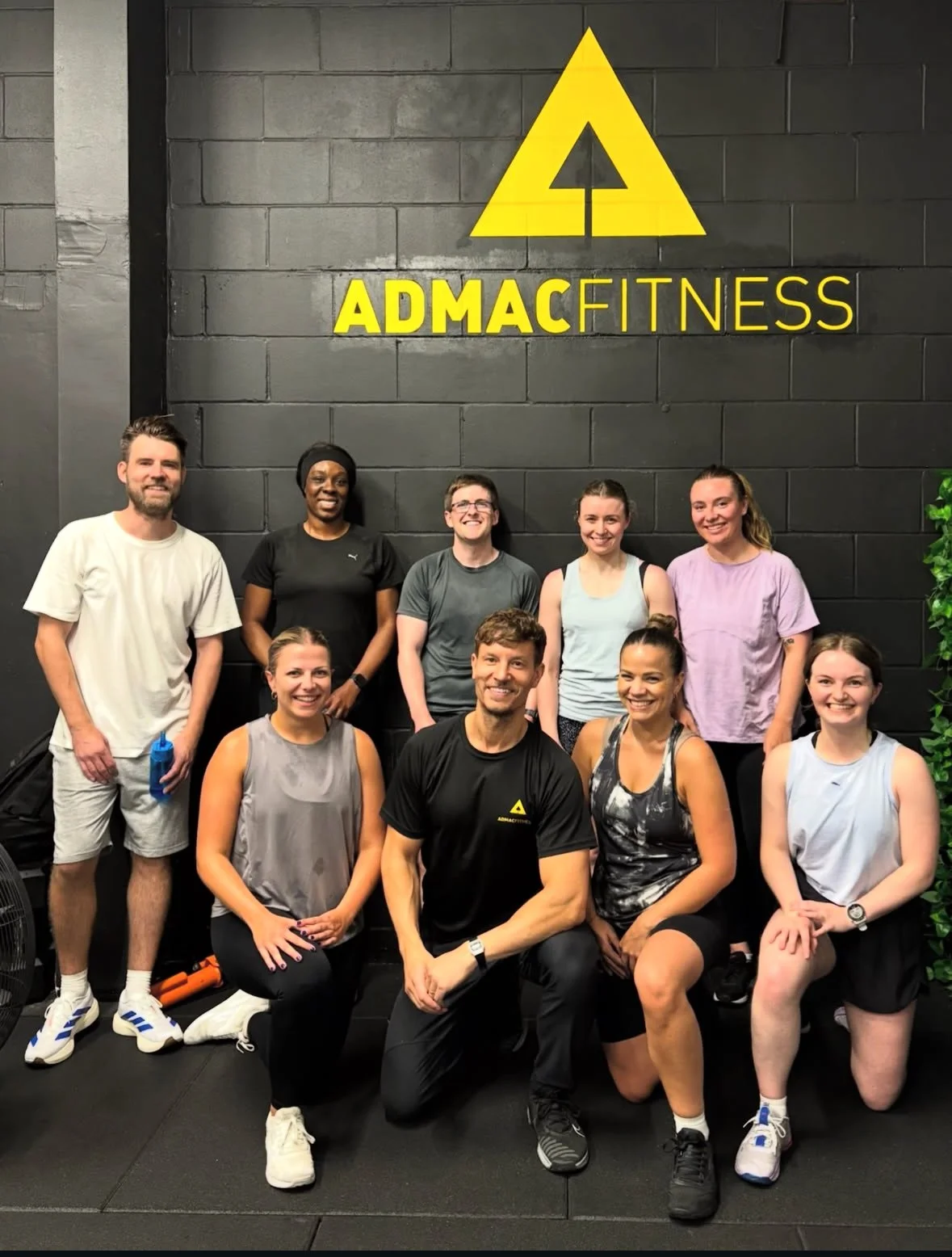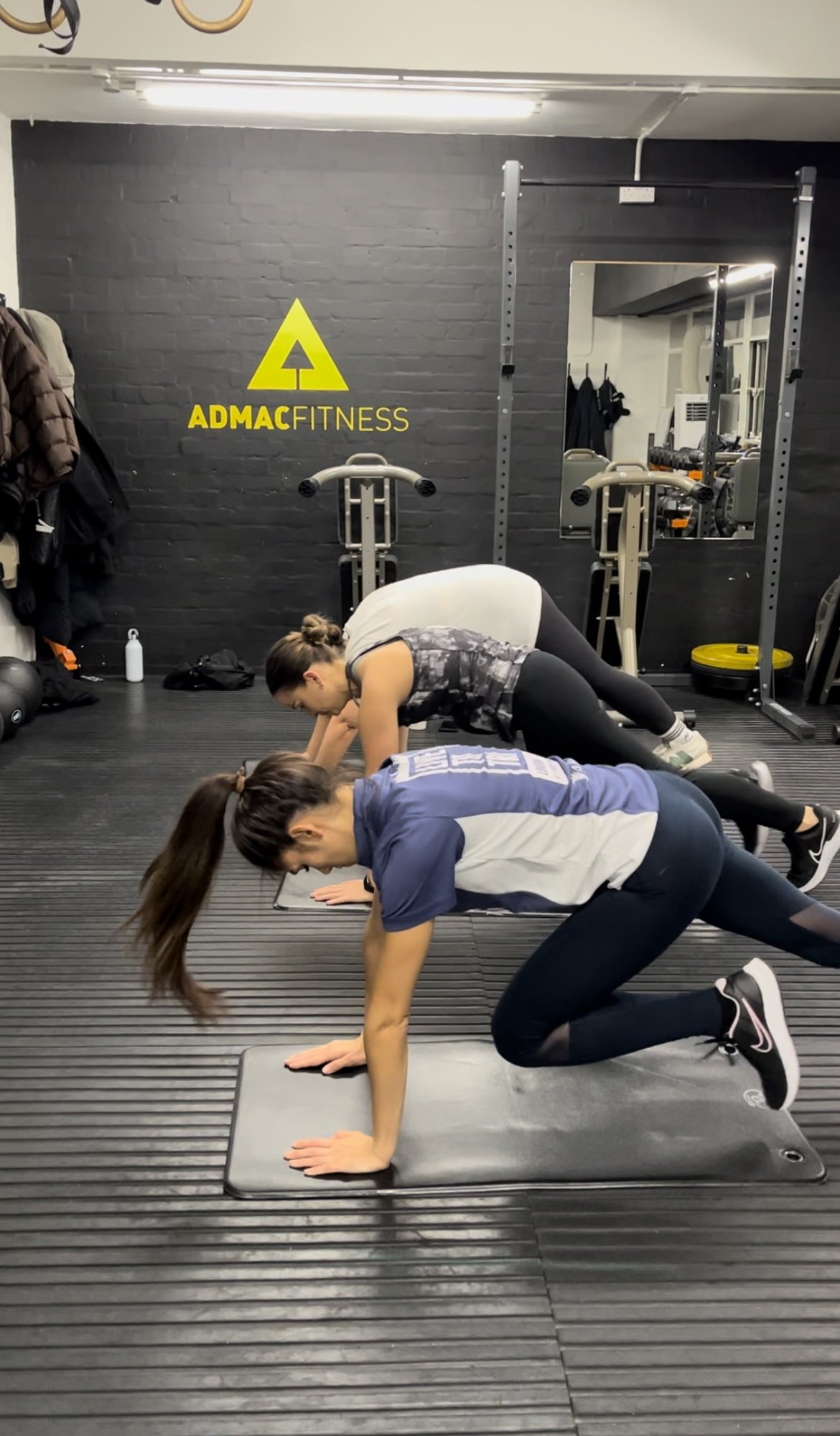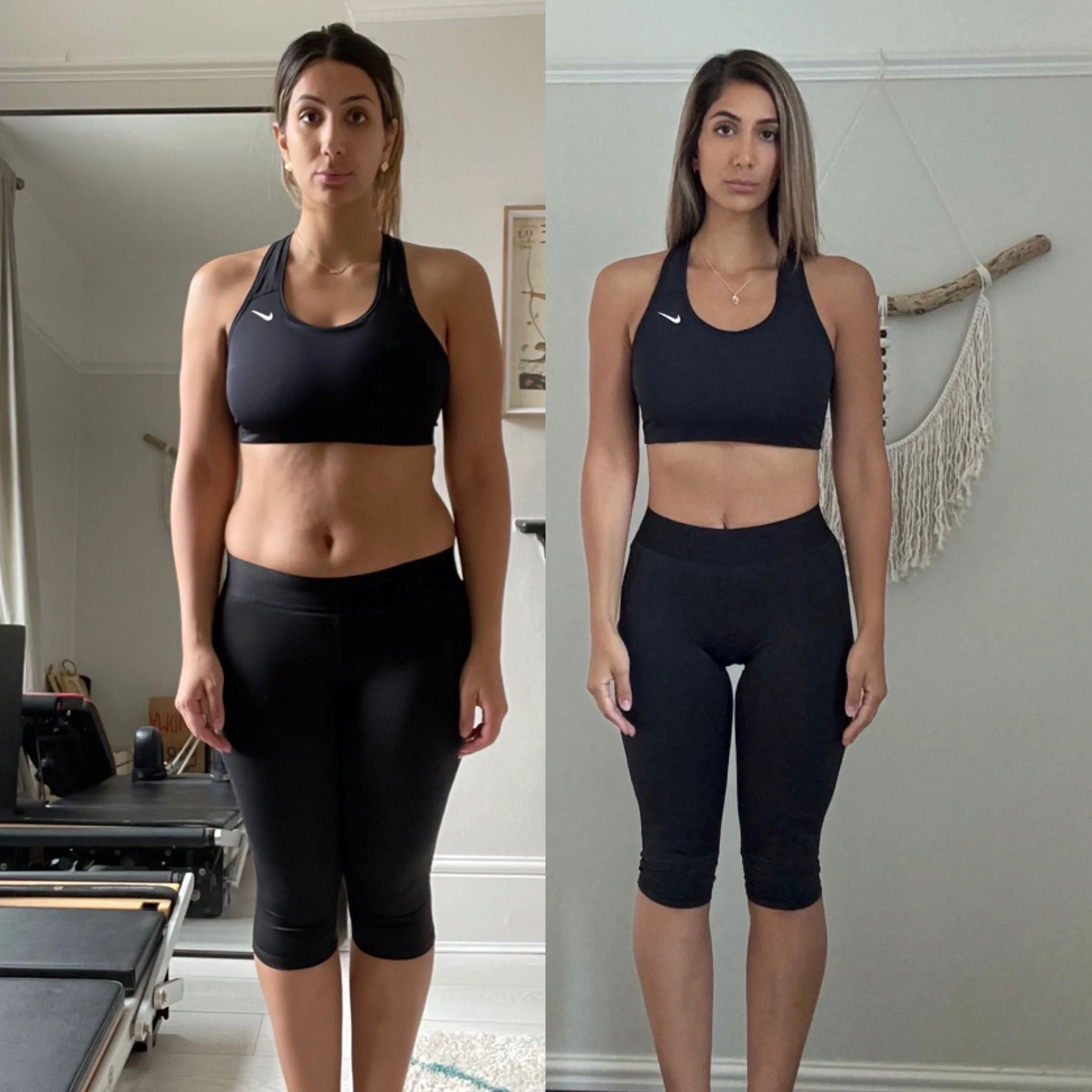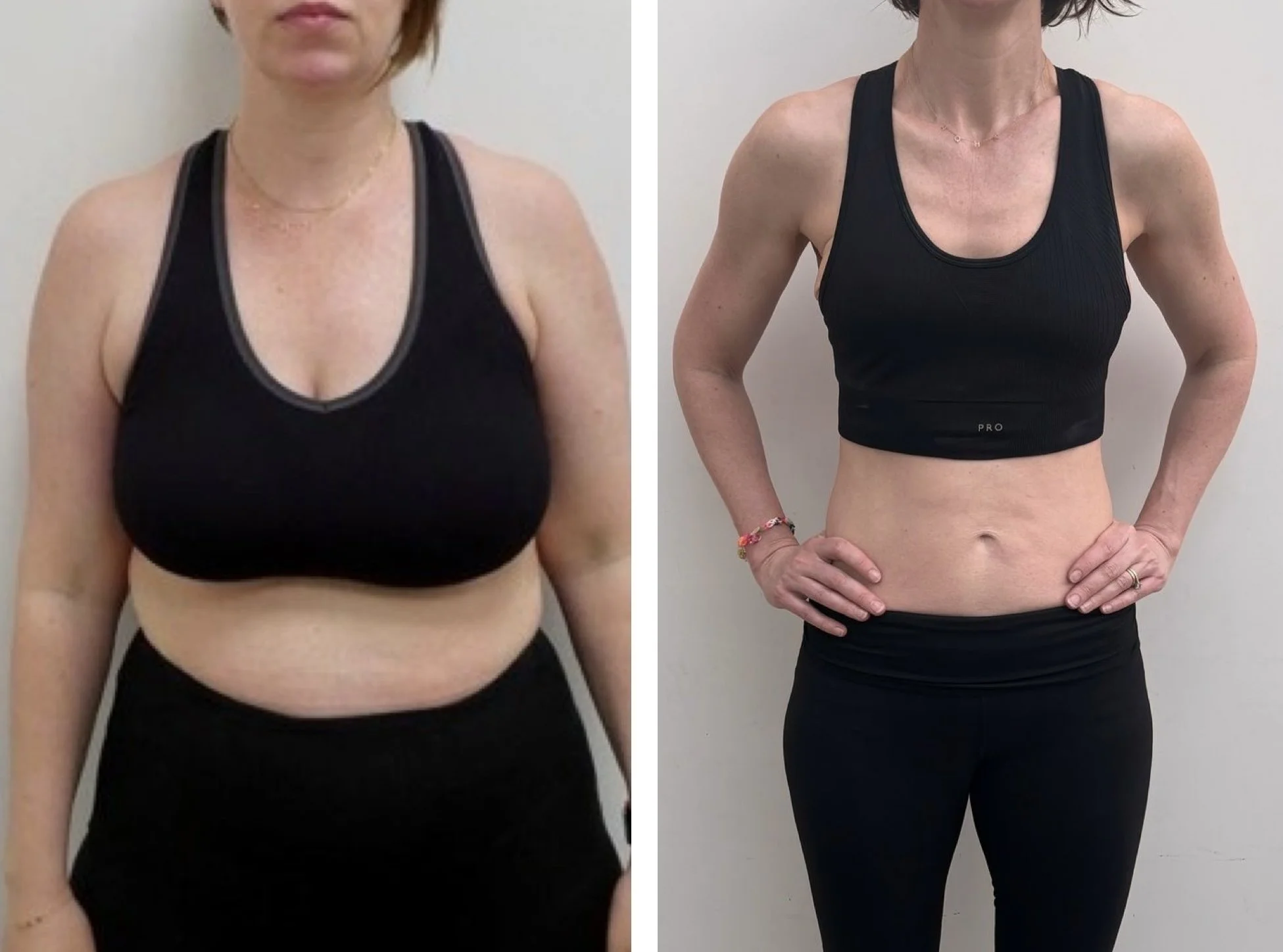In a world full of 30-day shred challenges, juice cleanses, and “new year, new you” overhauls, it’s easy to think that getting healthier has to be dramatic. The truth? It doesn’t. The most successful people we train aren’t the ones who flip their entire routine overnight — they’re the ones who make tiny, almost boring changes and stick to them.
Healthy living isn’t built on giant actions. It’s built on small, daily behaviours that quietly compound over time.
Here are ten of the simplest, most effective habits we give to every single client — beginner or advanced. Pick three to start with, master them, then add more when they feel automatic…
1. Drink more water
Dehydration makes you tired, hungry, and grumpy — often all at once. Keep a decent-sized bottle with you and aim to finish it a couple of times a day. Add a squeeze of lemon or a few berries if plain water bores you. A good aim is to drink enough to keep your urine clear.
2. Get 7–8 hours of sleep
Everything is harder when you’re knackered. Better sleep improves your mood, your workouts, your food choices, and even how much fat you store. Protect bedtime like an important meeting. The knock-on impact for the rest of your life is huge.
3. Walk 8–10k steps
You don’t need fancy HIIT sessions to move more. Walking is free, low-impact, and brilliant for mental health. Park further away, take the stairs, walk while you’re on calls — it all adds up. Keep track of it using a smart watch - it’ll gamify the process.
4. Eat protein with every meal
Protein keeps you fuller for longer, protects your muscle, and stops blood-sugar crashes that send you reaching for biscuits. Eggs at breakfast, chicken or fish at lunch, Greek yoghurt as a snack — simple. If you’re taking food on the go with you, make sure there’s some protein in there!
5. Strength train twice a week
Two focused 30–45 minute sessions beat six half-hearted ones. You’ll get stronger, protect your bones, boost your metabolism, and feel unstoppable. Bodyweight or gym — doesn’t matter, just lift something. Your body will thank you!
6. Include fruit and veg daily
Aim for “a fistful at every meal”. Colourful plates mean vitamins, minerals, fibre, and far fewer cravings. Keep frozen veg and berries in the freezer for the days you can’t face shopping. It’s really important at this time of year, also, for immunity benefits.
7. Limit mindless snacking
Ask yourself: “Am I actually hungry, or just bored/stressed/tired?” A 10-second pause is often enough to stop the hand-to-packet reflex. Keep crisps and sweets out of the house if you know you can’t resist them.
8. Stretch for five minutes
Five minutes of gentle stretching (or yoga) each day keeps you mobile, reduces aches, and calms a racing mind. Do it while the kettle boils or before bed — no mat required.
9. Go outside every day
Fresh air and natural light regulate your body clock, lift your mood, and make sleep come easier. Even a 10-minute walk around the block on a grey British day beats staying indoors.
10. Keep your phone out of the bedroom
Blue light, endless scrolling, 6 a.m. alarm right next to your pillow — all sabotage sleep. Charge it in another room and buy a £5 alarm clock if you must. Your sleep (and your sanity) will thank you.
The magic isn’t in the habits themselves — it’s in doing them consistently.
These ten things aren’t sexy. Nobody’s going to post an Instagram transformation from “drank an extra glass of water today”. But stack them together for six months and you’ll look, feel, and move like a different person — without ever feeling deprived.
If you’ve tried building habits before and struggled to stay consistent, you’re not lazy — you probably just needed more structure and accountability. That’s where personal training comes in. A good coach doesn’t just write you a programme; they help you turn these tiny behaviours into non-negotiable parts of your day.
Small habits. Done daily. That’s the not-so-secret secret to a healthier, happier you.
Want to improve your health and fitness? Let the AdMac Fitness Personal Trainers help…
AdMac Fitness has been helping the people of East London transform their health and fitness for nearly a decade.
We help people using tried and tested fitness approaches. Our expert team of personal trainers, based in both Bow and South Woodford can help you get a grip of your health forever. With our guidance and experience, you can relax knowing that your fitness journey is going to be guided by some of the best personal trainers in East London.
For more information on who we are, what we do and how we can help you achieve your health and fitness goals, contact us on… 07921465108 or email us at admacfitness@gmail.com. We look forward to hearing from you!
Our locations are…
AdMac Fitness: Arch 457 Robeson St, London E3 4JA
AdMac Fitness South Woodford: Unit 4 Marlborough Business Centre, 96 George Lane, South Woodford, London, E18 1AD





































